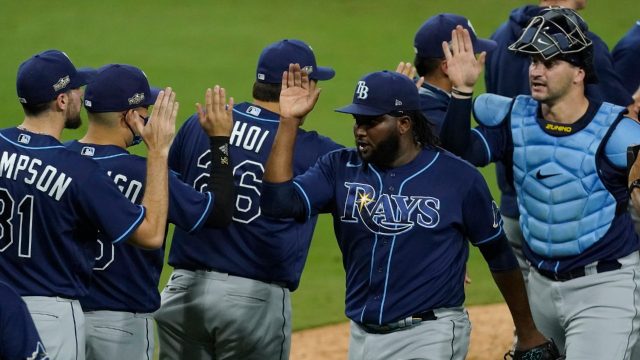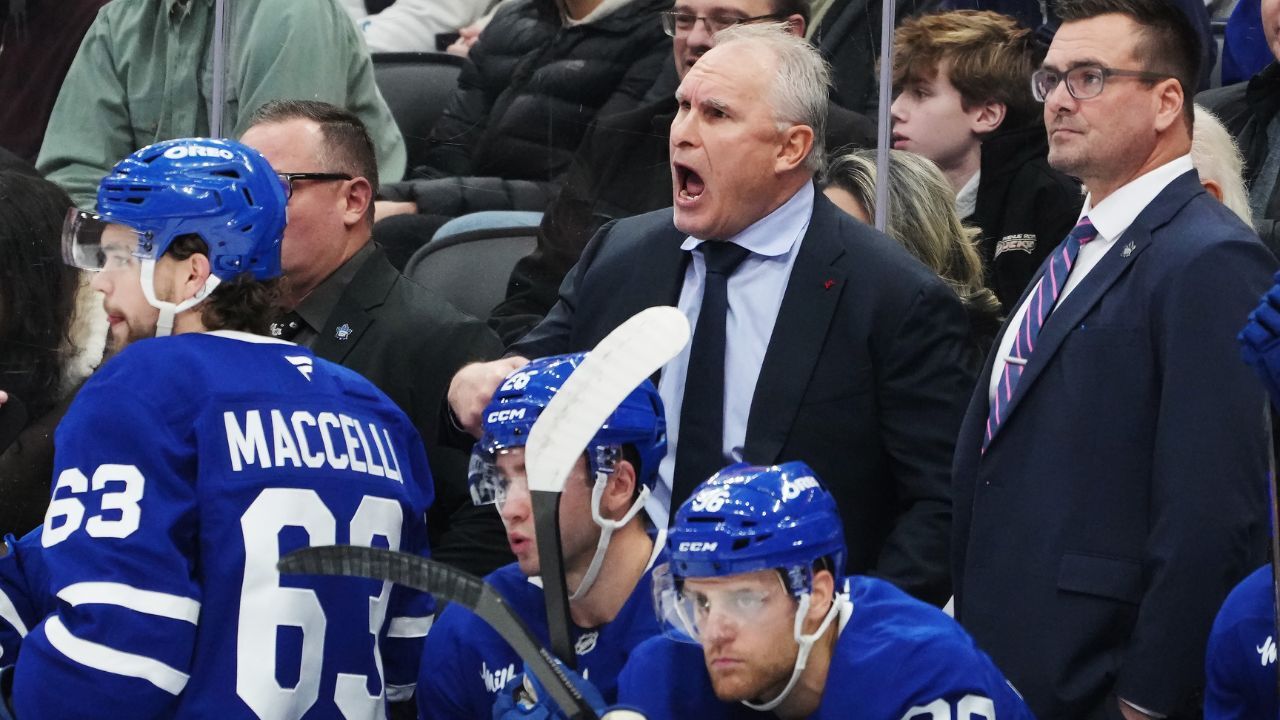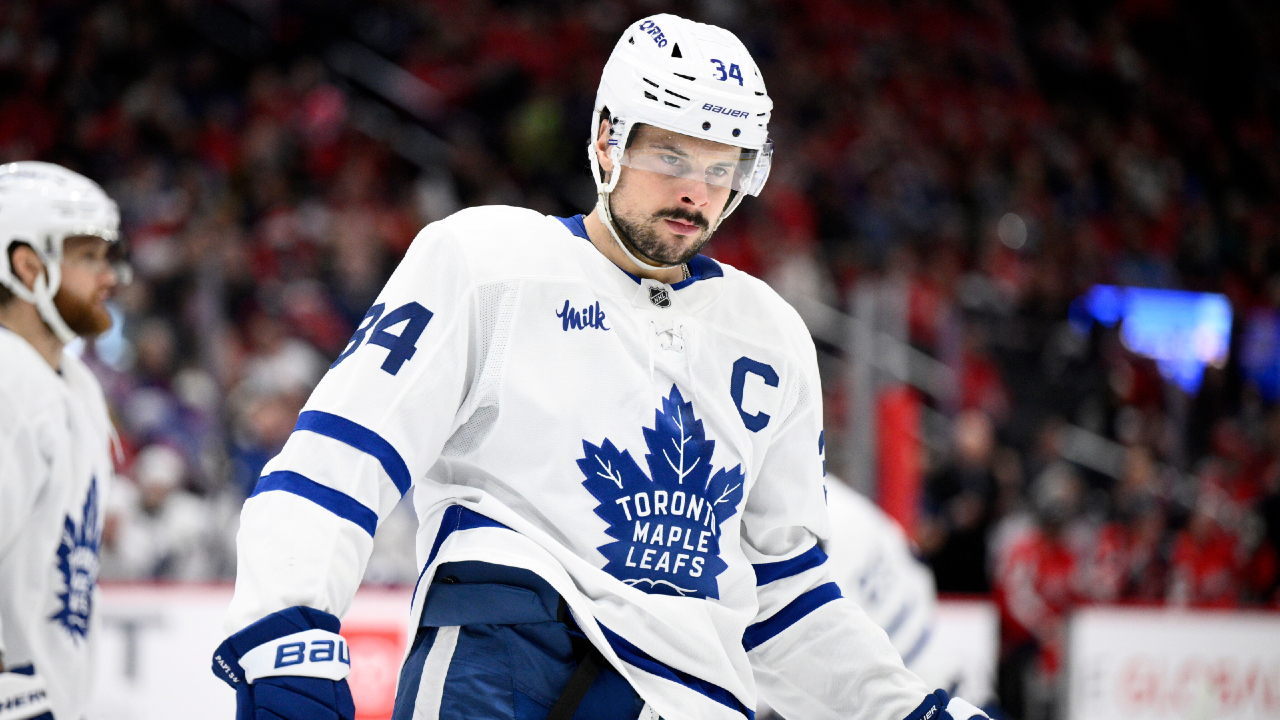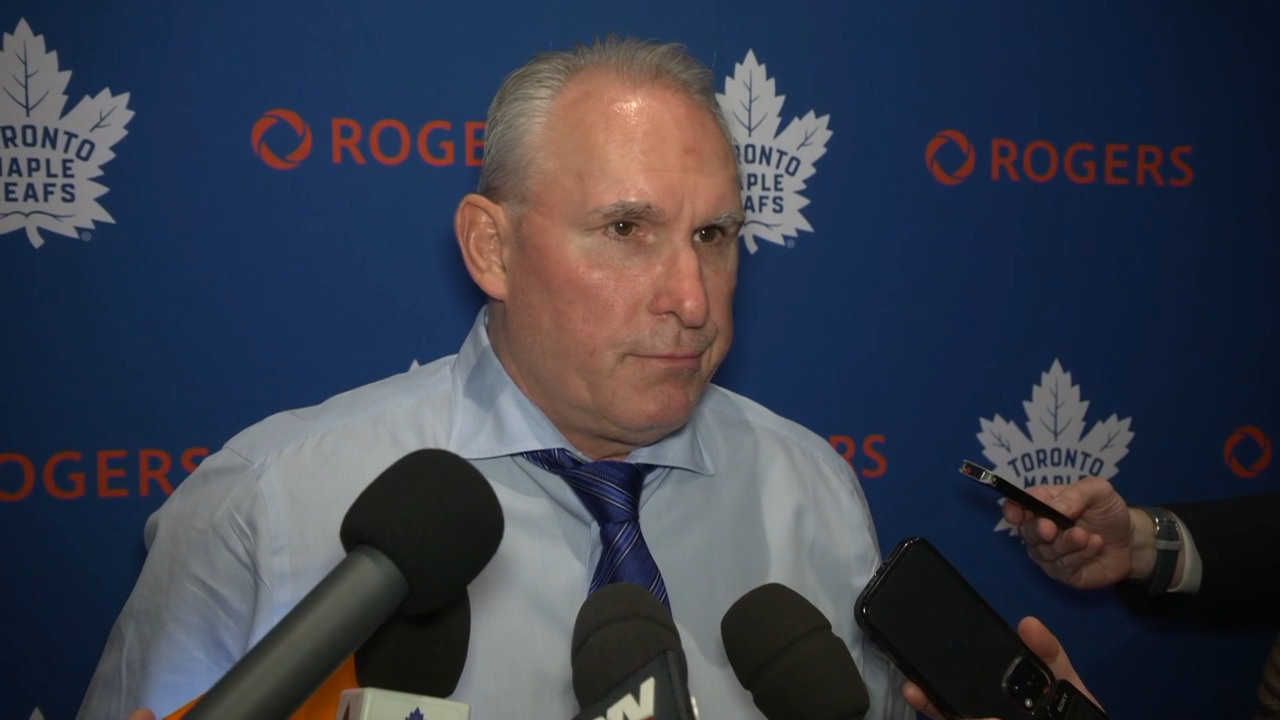
One loss from elimination, it’s fair to say the Houston Astros‘ 2020 run hasn’t done much for baseball.
Houston validated concerns about the new playoff format by sneaking in with a losing record, dispatched two likeable teams looking to break playoff slumps, and has laid an egg so far in the ALCS. Throughout all of that, no one outside the 281 area code cared to see them succeed — or see them at all. Despite all that, their journey to this point has been an enormous positive for one person in particular: Carlos Correa.
Correa turned 26 less than a month ago, but his career has already taken a remarkable winding trajectory. Since he was drafted first overall in 2012, there have been a number of moments when it seemed clear what he was going to be, but eight years later he’s a player whose career could still veer in countless directions.
Because you could fill a book with the twists and turns of Correa’s MLB career, it’s not worth a full rehashing, but here’s a little year-by-year recap, starting with his arrival in 2015:
2015: At 20 years old, Correa exploded. He shot to No. 3 on the MLB Pipeline pre-season Top 100 prospect list and breezed through double-A and triple-A in just 57 games. The shortstop won Rookie of the Year despite debuting on June 8 and hit .279/.345/.510, racking up 3.4 WAR. The annual FanGraphs Trade Value column came out on July 17 and pegged him as the fifth most valuable asset in baseball, despite the fact he’d played in the majors for less than a month.
2016: Correa showed his rookie season was no fluke with a full campaign where his offence remained steady, but his defence and baserunning improved. He put up 5.2 WAR — which is his career high to this day, despite feeling like a launching pad to bigger things at the time. FanGraphs had him up to second on the trade value list.
2017: Although he missed significant time with a torn ligament in his thumb, this season is the shortstop’s magnum opus. In 109 games, his offence reached a new level, and he slashed .315/.391/.550. Considering his age (he turns 23 during the season) it seemed inevitable that there were further levels to reach. Correa dethroned Mike Trout for first in the trade value rankings (although Trout’s contract plays a role) and helped drive the Astros’ World Series run.
2018: This is where things took a turn. Correa hit just .239/.305/.432, which was just about league-average at the time. He missed some time with a back injury, and finished the season with 1.6 WAR. FanGraphs wasn’t concerned, and had him at number five on the trade value list between Mike Trout and Mookie Betts.
2019: Correa bounced back offensively, but in only 75 games because of a neck injury and a rib fracture. He started to have the “injury-prone” label attached to him. The shortstop tumbled to 45th on the trade value list.
2020: At this point, Correa hadn’t played a full season since 2016, and the Astros’ sign-stealing scandal brought literally all of his accomplishments to date into question. Everyone knows he’s always been a great talent, but it’s hard to say how much he was helped. Correa didn’t help his case during the regular season. For the first time in his career, his offensive output was below average, as he hit 264/.326/.383. His Statcast numbers don’t suggest his production was underselling the way he hit the ball.

Suffice it to say, he’s not one of the top-50 trade assets in the game.
That’s a lot to catch up on, but the context is important with Correa. Without it, we’d understand what he’s doing right now as a talented, well-known, player having a hot October. What we’re actually seeing is one of the fallen stars of the sport re-ascend.
It’s not hyperbole to say Correa has been the most dangerous hitter in these playoffs. The shortstop has a ridiculous .400/.526/.900 line and — unsurprisingly — the highest OPS of any player remaining. In nine games he’s matched his home run total from the entire regular season with five. He’s also walked eight times against just five strikeouts following a season where his BB/K sat at a career-worst 0.33.
For his long-term prospects, more important than his small-sample stats is the fact he’s crushing the ball once again. Correa has put 25 balls in play in the playoffs and averaged an exit velocity of 94.7 mph — a number he never touched in any 25-BIP stretch during the regular season.

Even more impressively, he’s managed an Expected Batting Average of .520 on the balls he has hit — which works out to a total EBA of .433 when you include his strikeouts. Not many guys can say they’ve hit .400 over a nine-game span and been unlucky — but it’s hard to know how else to describe being robbed by Kevin Kiermaier like Correa was in Game 3.
Similarly, Correa never managed these heights during the regular season. His highest Expected Batting Average over a 25-plate-appearance span was .380.
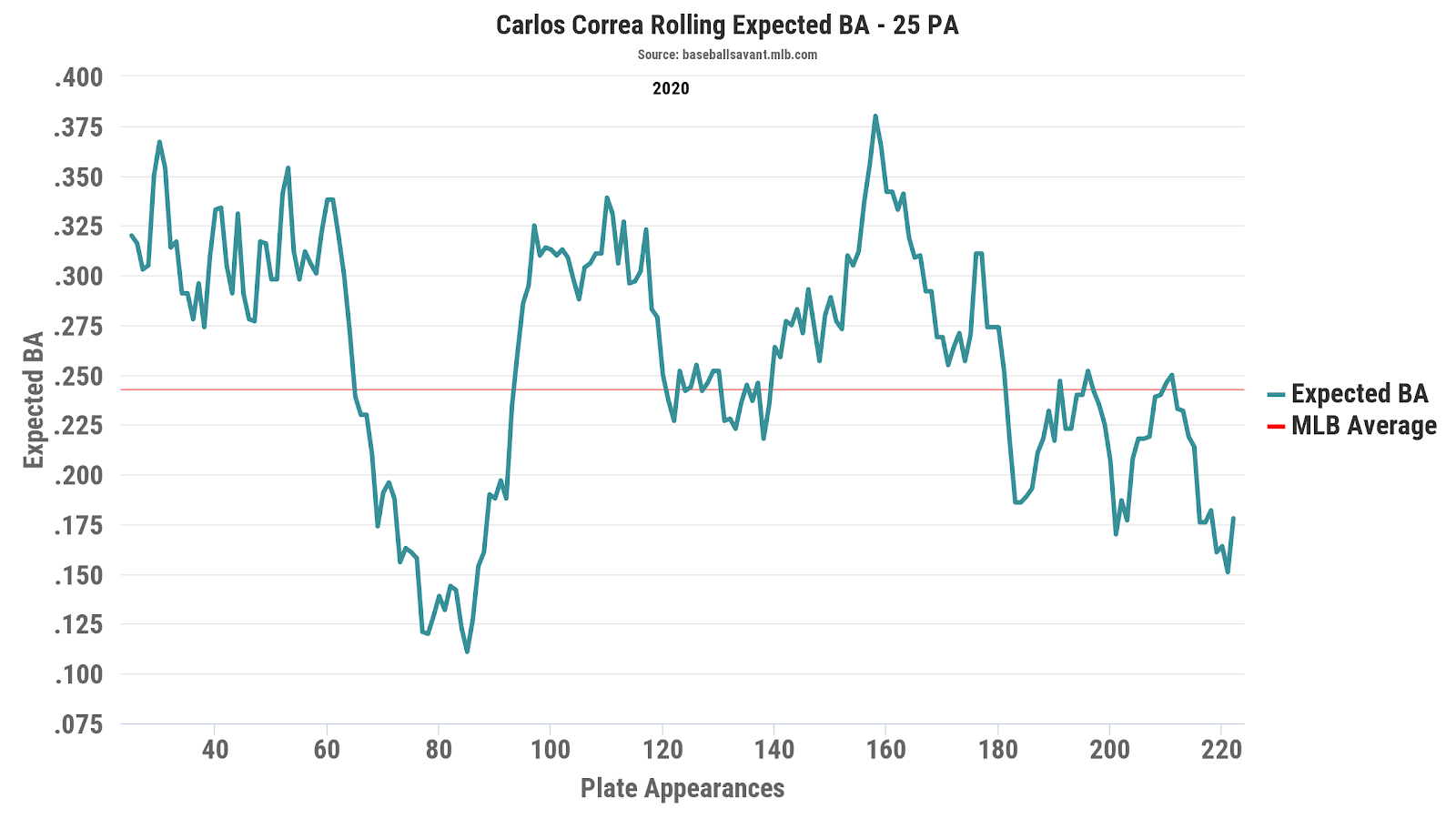
He hasn’t matched what he’s doing now since late April in 2018. The version of Correa we’re currently seeing would’ve ranked third in the majors in average exit velocity and second in hard-hit rate during the regular season.
Correa has also done an impressive job handling the velocity that’s come his way in the playoffs. In his regular-season career, only one of his 107 home runs has come on a fastball 96 m.p.h. or faster. In these playoffs alone he’s hit two, including an impressive shot off a well-located 98-m.p.h. Pete Fairbanks heater at the top of the zone.
CARLOS CORREA STAYS HOT @astros are on the board! pic.twitter.com/CMfvdVGFtP
— FOX Sports: MLB (@MLBONFOX) October 12, 2020
While it’s always worth questioning what we see in a nine-game sample, what Correa is doing shows us the heights he’s still capable of reaching — against the best pitching in the world, no less. Coming into these playoffs, it wouldn’t have been unreasonable to say that injuries had sapped Correa of his superstar qualities, and some of the gaudy numbers he’d produced in the past deserved a heaping grain of salt thanks to the Astros’ sign-stealing scandal.
It’s too early to say that he’s back to being the kind of player who can be a franchise centrepiece again. Predicting what he will do in 2021 is a tall task, but in recent days he’s shown us what he can do. There’s no two ways about it, Correa still has the capacity to be one of the best players in the sport.
That’s a statement that would’ve sounded like a hot take a couple of weeks ago. Now it’s a fact.


